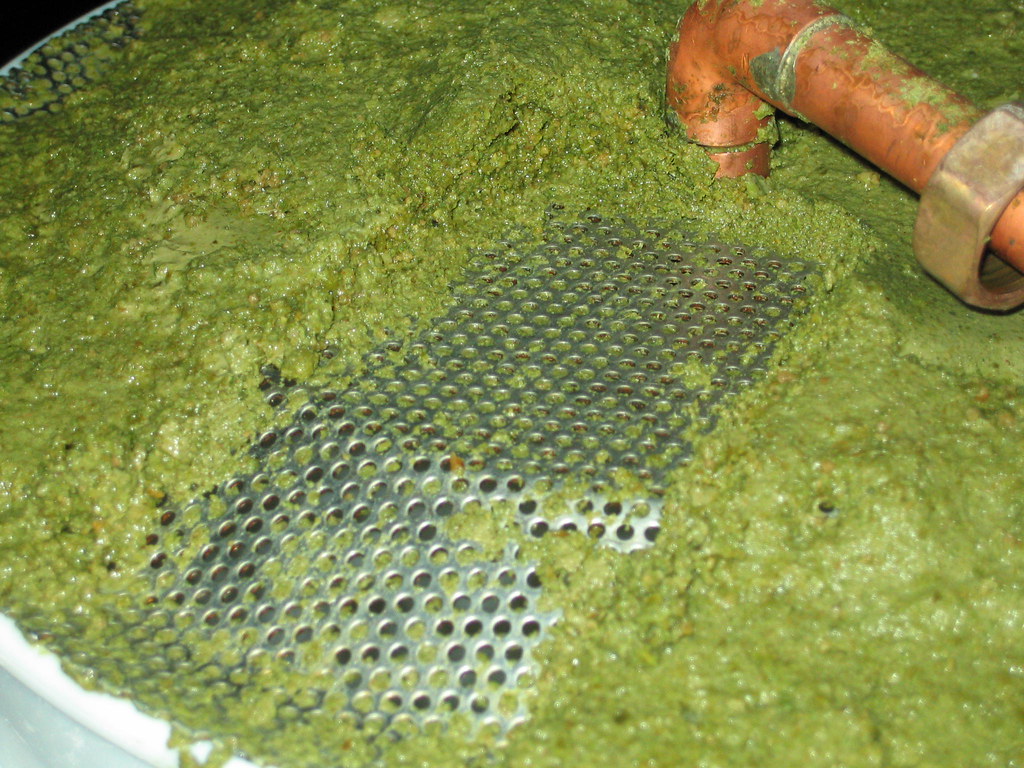Islandboy85
Well-Known Member
Yeah, I just did my first allgrain brew. WOW, there is so much to improve on my equipment. The mash tun would not keep my mash temp well even with adding a lot of water per Greenbayracker's calculator. Grrr. I guess three beach towels isn't enough insulation. I need a second burner and a pump to make good use of that 15 in false bottom. Until I get a pump maybe this should be done indoors with that metallic bubble wrap insulation instead of my apartment balcony,
I also learned that recirculation and sparging without a pump and fly rig is also a pain. I used a big piec of tinfil to try to disperse the flow of recirculating wort and sparge water. It needs some work to say the least.
One of the biggest messes I wound up with was draining my kettle believe it or not. I had used pelleted hopps...oye what a mess. My dip tube has about a half an inch clearance to the bottom center of the kettle. I used a stainless scrubby as a filter as I"ve seen some people do here. Bad idea. I chilled, and whirlpooled then began draining. It clogged before I had one pint collected. I had to sanitize my hand and reach in to get off the scrubby and wound up with a lot of trub and hopps in my fermenter. Should I shorten the dip tube to be closer to he edge of the pot, bend it so it's off to the side, or cut it for more clearance to the bottom center of the keg?
If you could offer any advice to help improve my equipment I'd be grateful.
Can't wait to do this again. It's an experience.
I also learned that recirculation and sparging without a pump and fly rig is also a pain. I used a big piec of tinfil to try to disperse the flow of recirculating wort and sparge water. It needs some work to say the least.
One of the biggest messes I wound up with was draining my kettle believe it or not. I had used pelleted hopps...oye what a mess. My dip tube has about a half an inch clearance to the bottom center of the kettle. I used a stainless scrubby as a filter as I"ve seen some people do here. Bad idea. I chilled, and whirlpooled then began draining. It clogged before I had one pint collected. I had to sanitize my hand and reach in to get off the scrubby and wound up with a lot of trub and hopps in my fermenter. Should I shorten the dip tube to be closer to he edge of the pot, bend it so it's off to the side, or cut it for more clearance to the bottom center of the keg?
If you could offer any advice to help improve my equipment I'd be grateful.
Can't wait to do this again. It's an experience.





















































![Craft A Brew - Safale S-04 Dry Yeast - Fermentis - English Ale Dry Yeast - For English and American Ales and Hard Apple Ciders - Ingredients for Home Brewing - Beer Making Supplies - [1 Pack]](https://m.media-amazon.com/images/I/41fVGNh6JfL._SL500_.jpg)










